TsirangToe
=
Tsirangtoe Gewog is one of the twelve gewogs under Tsirang Dzongkhag. Geographically, it is bordered by Dagana Dzongkhag to the west, Phuentenchu Gewog to the east, Goserling Gewog to the south, and Sergithang Gewog to the north. The Gewog spans an area of approximately 30.3 square kilometers, featuring diverse topography with high ridges, steep slopes, deep gorges, and lowland areas. The elevation ranges from 800 to 1,300 meters above sea level, characterized by warm summers and cold winters. The average annual rainfall ranges between 850 mm and 980 mm.
With the completion of the Gewog Center Road and the provision of 100% electrification, the living standards of the residents have significantly improved. The Gewog is now accessible by farm roads, and the Gewog Center is located at Soentabsa Chiwog, which lies centrally within the Gewog. The distance from the Dzongkhag headquarters to the Gewog Center is approximately 26 kilometers, and the total length of roads within the Gewog spans 78.12 kilometers, connecting all five chiwogs.
Tsirangtoe Gewog currently comprises 372 households, with a total population of 2,626 people — 1,293 males and 1,333 females. The Gewog has also seen the resettlement of communities from eastern Bhutan, primarily from Trashigang Dzongkhag, during the 3rd to 9th phases of the national resettlement program.
Agriculture is the primary source of livelihood in the Gewog. The main crops cultivated include maize, millet, and rice. Of the total land area, 207.86 acres are under chuzhing (wetland cultivation) and 617.55 acres are under kamzhing (dryland cultivation), while the remaining area is covered by forest.
The Gewog hosts several important institutions and facilities:
- A Central School with 772 students and 74 teachers.
- A 10-bedded hospital staffed by 32 healthcare professionals.
- One Early Childhood Care and Development (ECCD) center with 20 children and one trained facilitator
- Agriculture and Livestock Extension Offices.
- RNR (Renewable Natural Resources) Extension Centre.
- A Range Office providing forestry services for Tsirangtoe, Phuentenchu, and Sergithang Gewogs
A major water project, the Dhaptsho Water Project, with a total cost of Nu. 155 million, is currently under implementation. It is funded through the Adaptation Fund and the Bhutan Trust Fund for Environmental Conservation (BTFEC). The project aims to significantly improve water accessibility upon completion.
Despite these developments, Tsirangtoe Gewog continues to face scarcity of potable water. Most traditional water sources have dried up, and the community now relies heavily on four main streams — Tsirangtoe Khola, Bhalu Khola, Surlay Khola, and Tharey Khola. Additionally, many households depend on Paw Khola from Phuentenchu Gewog for their water supply.
In terms of governance, the Gewog Tshogde functions as the highest decision-making body, with the Gup serving as the elected chairperson overseeing all developmental activities within the Gewog.
While communication infrastructure has been extended to all areas, some regions still face poor mobile network coverage, which remains an issue requiring attention.
In terms of religion, the Gewog is home to a diverse population practicing both Buddhism and Hinduism. The religious needs of the community are served by two Lhakhangs — Dechen Lhuendup Lhakhang (Buddhist) and a Hindu Lhakhang.
Staff

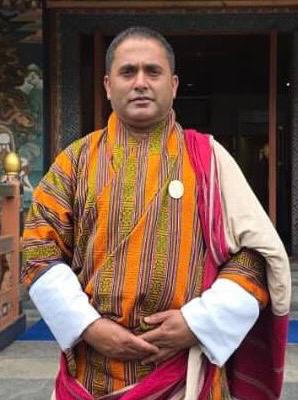
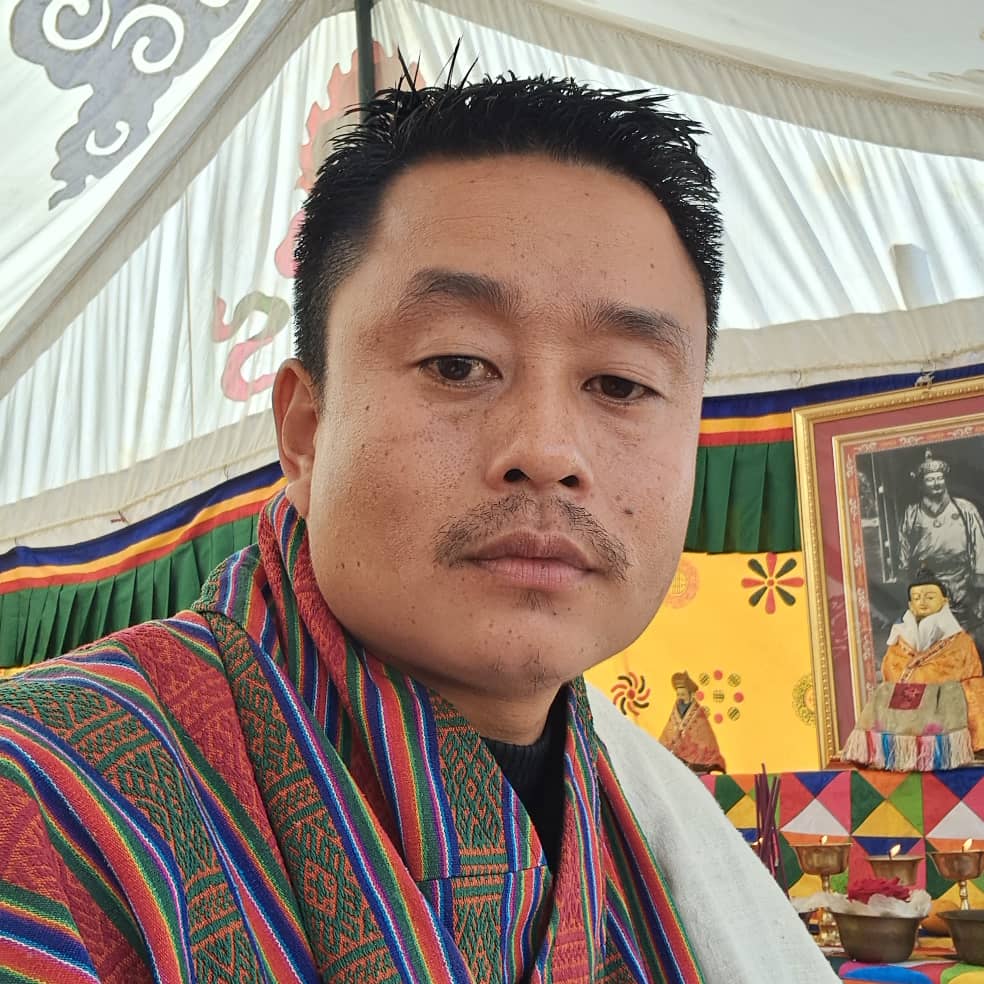

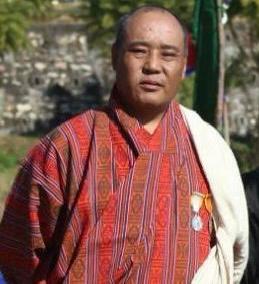
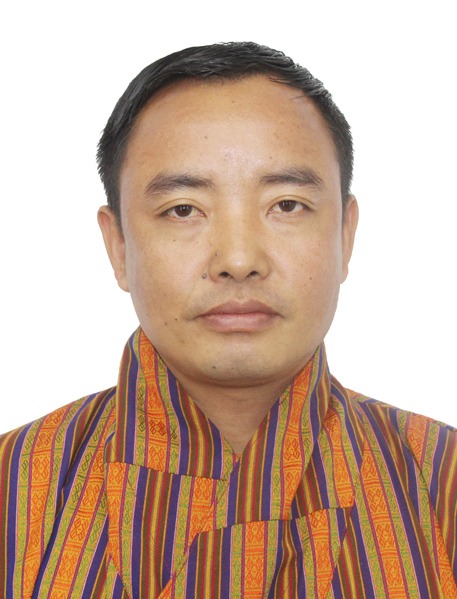
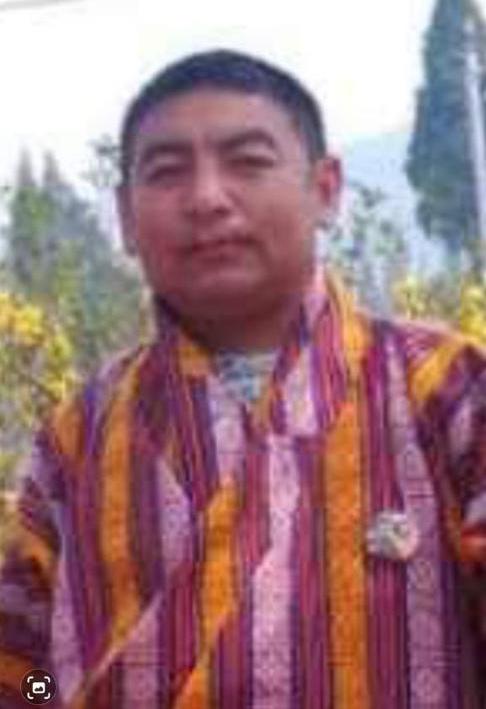
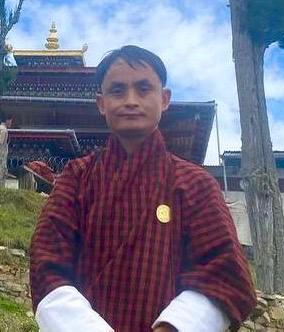
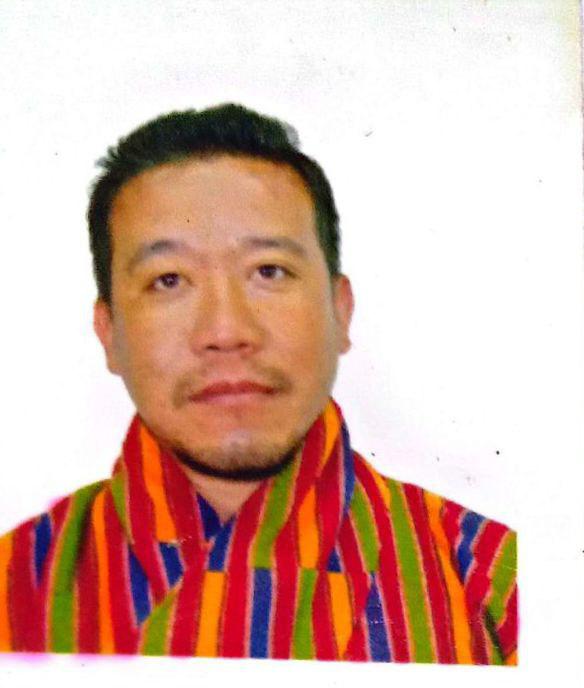
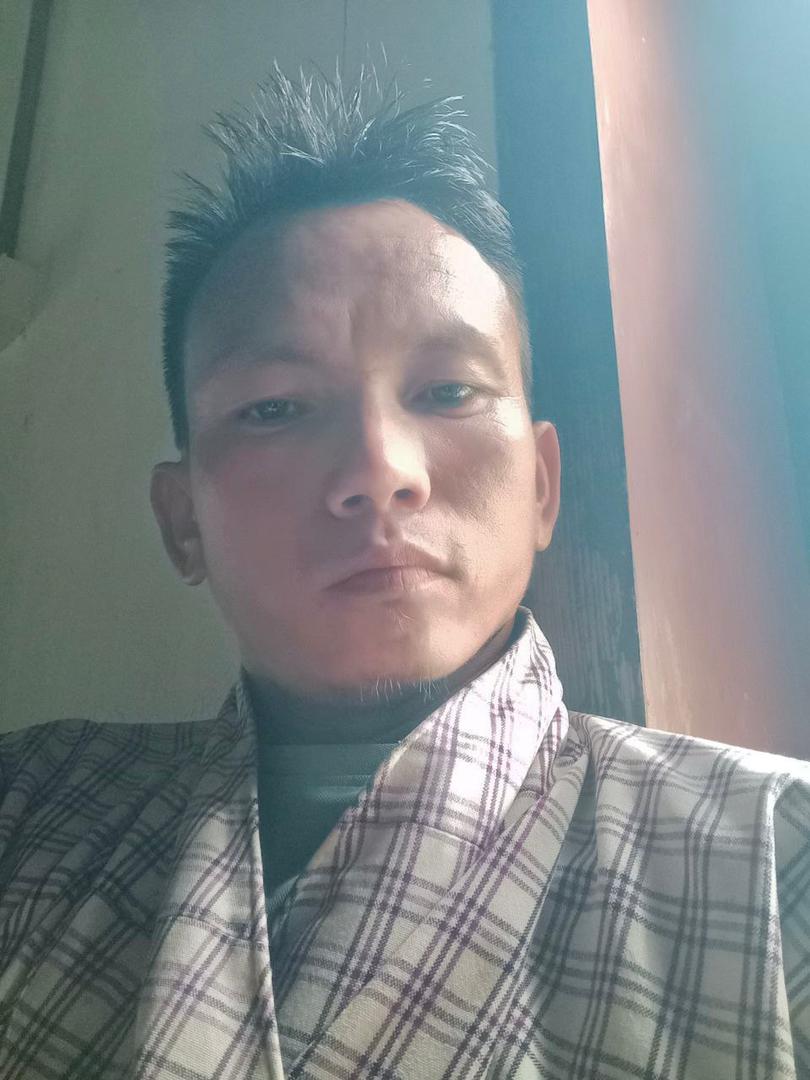

Contact us
- Dzongkhag Administration tsirang, Bhutan
- Dzong Post Box No:114
- Phone No: +975-6-474119
- E-Mail: tsirangict@gmail.com
